#nsu
Rare Rides: A 1974 NSU Ro 80, in Convertible Form
Today’s Rare Ride was a relative revolution at the time of its introduction. With smooth, aerodynamic styling and a rotary engine, NSU’s Ro 80 made big promises. Years later, one man decided he’d create the convertible that was missing from the Ro 80 lineup. Let’s check out this one-of-two NSU.
Rare Rides: NSU's New Way to Wankel - the Spider From 1965 (Part IV)
Part III of this Rare Rides series explored how NSU readied itself to re-enter the car market and end its longstanding production tie-up with Fiat. Shortly after the painful divorce from the Italians, NSU’s first rotary-powered car was ready.
Rare Rides: NSU's New Way to Wankel - the Spider From 1965 (Part III)
Part II of the NSU story gave some color to the company’s first bout of financial trouble, and how it passed on a Ferdinand Porsche design that would go on to become the Volkswagen Beetle a few years later.
As we left off last time, NSU and Fiat were locked in a longstanding disagreement about who could brand which cars in which way.
Rare Rides: NSU's New Way to Wankel, the Spider From 1965 (Part II)
In Part I of this four-part NSU Rare Rides series, we covered the beginning of the NSU brand and its initial product offerings — which included knitting machines. The company moved into bikes and motorcycles, as well as a three-wheeler considered a midpoint between motorcycle and car.
The engineers were certainly busy, but all was not well over at the bank.
Rare Rides: NSU's New Way to Wankel - the Spider From 1965 (Part I)
Back in the 1960s, a little German car company decided to spend a lot of money to create a new-to-them type of engine. The car company in question was NSU, and the engine that cost them so much money was a Wankel.
In a first-ever for the Rare Rides series, this will be a four-part entry. Come along as we explore the NSU brand and the Spider; a tiny roadster which ended up almost entirely responsible for the demise of its parent company.
The BMW 700 and NSU Prinz: Germany's Alternative Air-cooled History
Following in the footsteps of last week’s Karmann Ghia article, it seemed natural to take a look at two other lesser-known German alternatives to Volkswagen’s Type 1 Beetle and the ‘Beetle-in-a-suit’ Karmann Ghia.
Like the Karmann Ghia, both were attempts to capitalize on a new and expanding market for automobiles in Germany during the postwar economic boom times. That meant that the models had to incorporate existing technology, yet also appeal to a crowd increasingly interested in performance and style. However, both had to be at least somewhat economical and practical as family cars.
The result was a series of interesting and mostly forgotten air-cooled, rear-engine, rear-drive sedans, coupes and convertibles from both BMW and NSU.



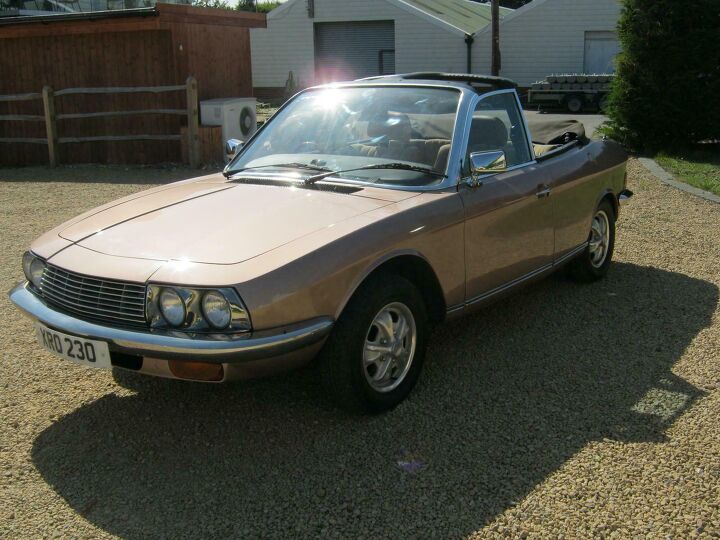

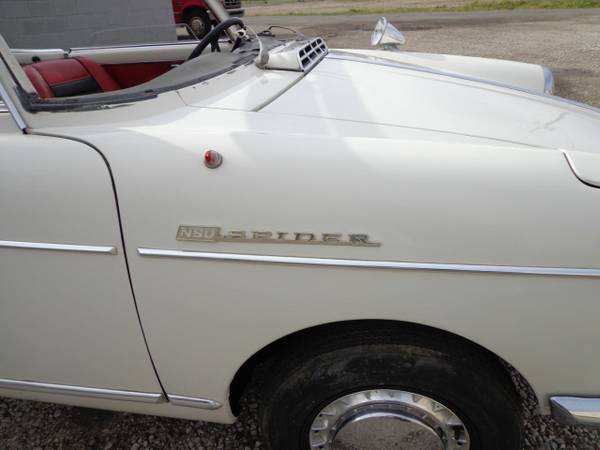
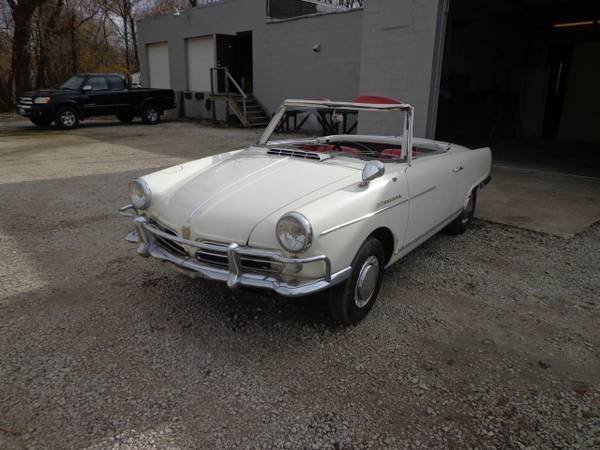
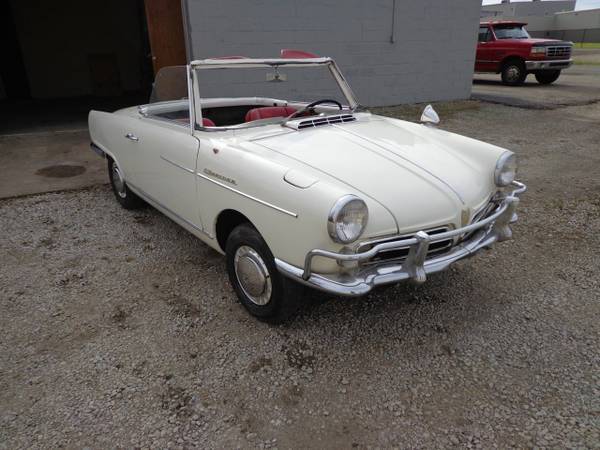
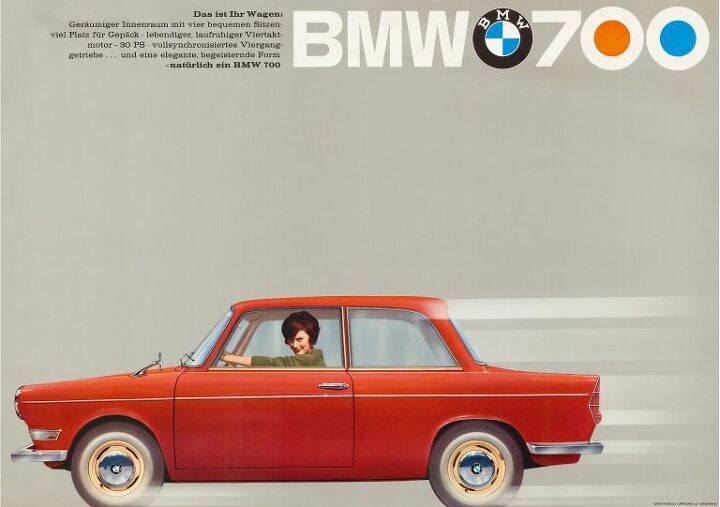












Recent Comments